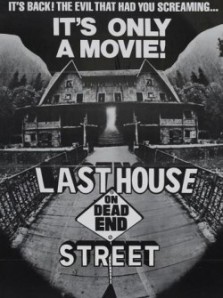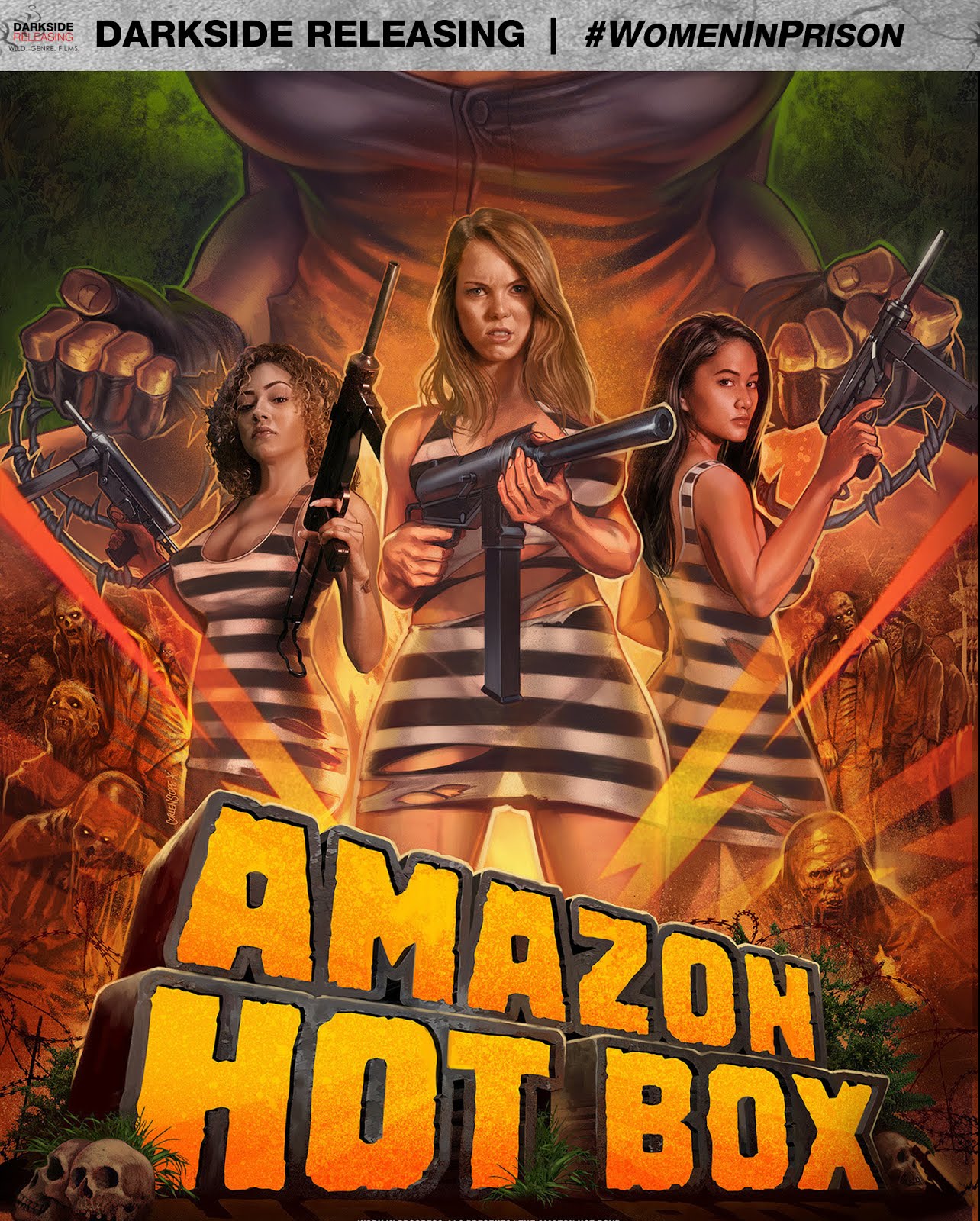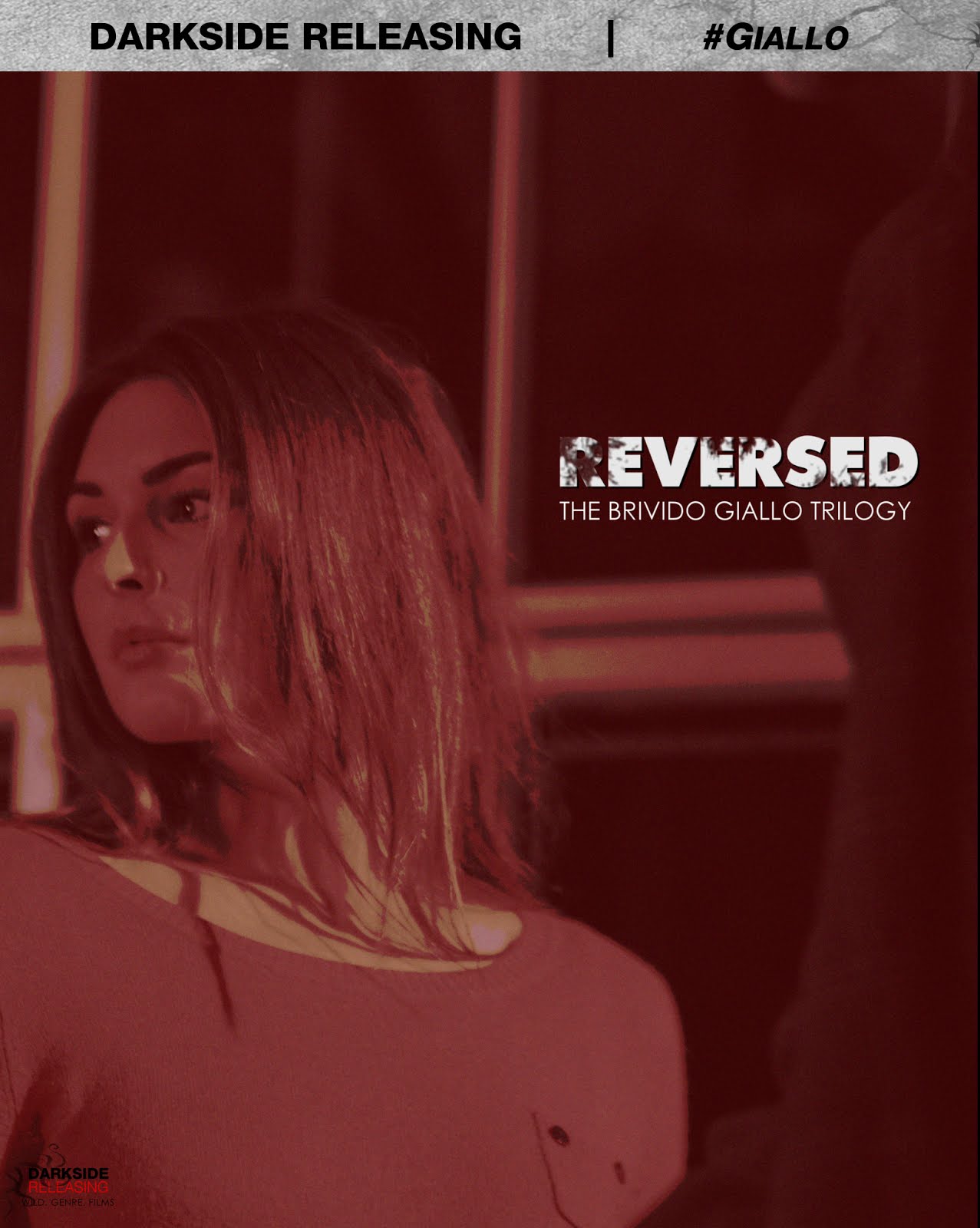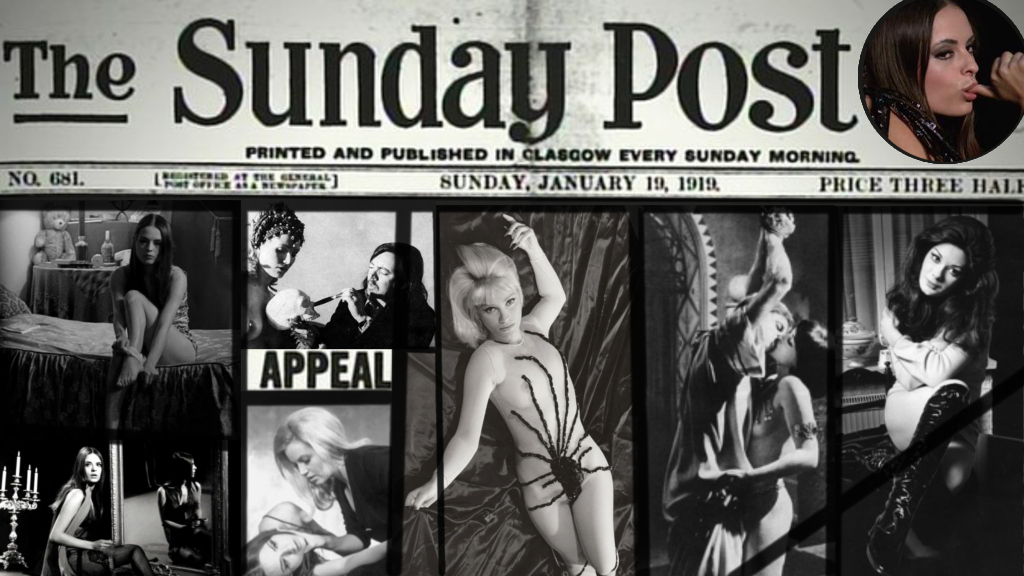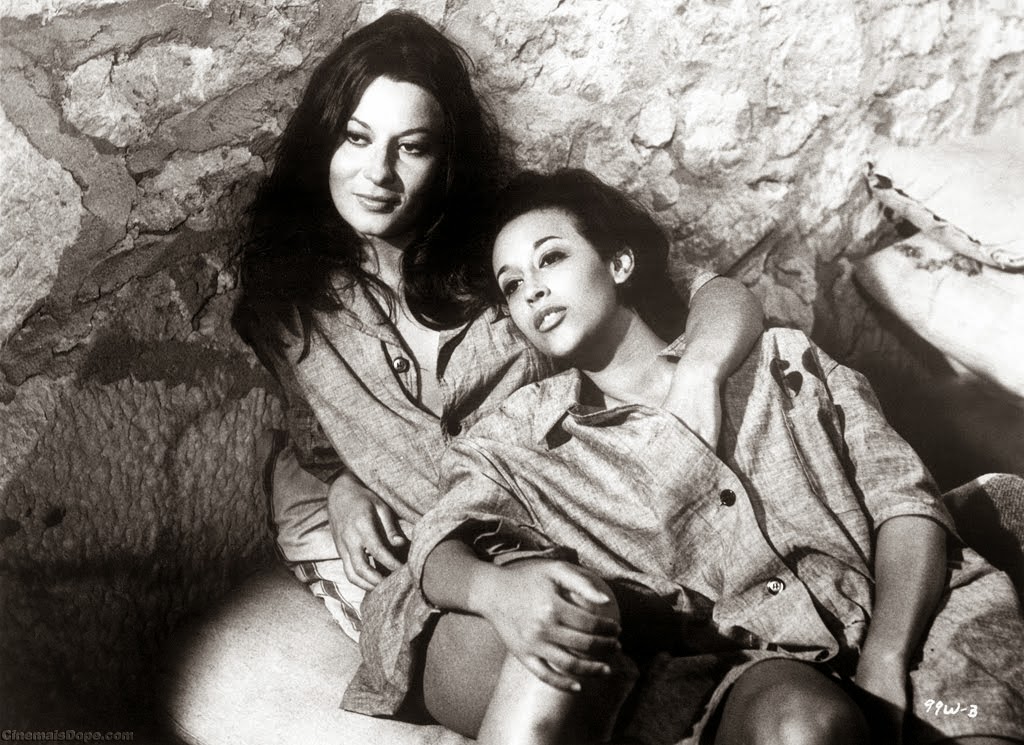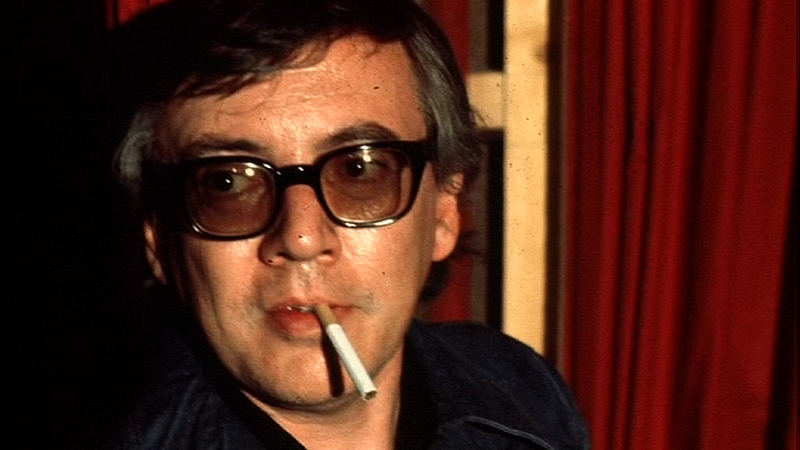* * * Part VI (The Scream/End Credits)***

Femme
Fatale was the first real-feeling DePalma film I'd seen in the
cinema. I had actually seen Carlito's Way and Snake Eyes in the
cinema as well, but Femme Fatale was the first DePalma theatrical
experience where I felt I was watching a film that could've been made
during the time of his master trilogy of the early 80s. Femme Fatale
was the extension of Dressed to Kill, Blow Out, and Body Double that
it seemed Raising Cain had hoped to be in the 90s. Perhaps Raising
Cain would have been more secured in that creative extension had
DePalma been able to figure our how to edit the film in the manner
that he'd originally envisioned. But with Femme Fatale, it was
apparent that he had fully creative reign when it came to his
experimental non-linear storytelling. Femme Fatale would be another
revisiting of Vertigo themes while Raising Cain had served as a
remake of DePalma's own Dressed to Kill, which of course, was a
remake of Hitchcock's Psycho. Perhaps Raising Cain, then, would serve
as a first offering of a post-1980s trilogy in and of itself,
featuring Raising Cain, Femme Fatale, and finally Passion, which
would also deal with the nightmarishly-presented ideas of Rachel
McAdams having her own “double” that was haunting the thoughts
and actions of Noomi Rapace. Indeed, the list of these six films
undoubtedly make up the “key” and an importantly defining portion
of DePalma's catalogue – Dressed to Kill, Blow Out, Body Double,
Raising Cain, Femme Fatale, and Passion, which ironically (even if
this was unintended) loops the modern idea of how society receives
its modern media with the studio-television monitors, 16mm projected
film, and newspapers of 1973's Sisters.
* * *
With
all of its similarities, it was the final shot of Vertigo that really
grabbed my attention and shook me out of my seat. It was the scream.

But
twenty-four years before this, it was a television trailer for
Carlito's Way (1993) that had grabbed my attention in a completely
different fashion; it would be the first Brian DePalma movie I'd have
the opportunity to see in the cinema ever and since discovering his
films on VHS thanks to a handful of video rental stores in North
Vancouver. My brother and I went to see Carlito's Way after it opened
at what at the time was North Vancouver's only multi-screen cinema in
an outdoor retail complex called Park & Tilford. Before
the movie theatre opened there, Park & Tilford was a destination
for families during the Christmas season because of the elaborate
Christmas display of lights and decorations that were weaved through
a monumental garden tunnel-path. And really, this was the only thing
housed at the Park & Tilford location for years until the movie
theatre went up, followed by a huge Canadian grocery store
(Save-On-Foods) and soon afterwards, Blockbuster Video. I even rented
Carlito's Way for a second and third viewing from this Blockbuster
Video on latter occasions. Carlito's Way was really the epitome of
flashback-sequence storytelling as the entire film was essentially
one long flashback sequence.
The
movie opens up with a shot of Al Pacino (“Carlito” in the film)
being carried away, dying, on a paramedics' stretcher out of the
tunnels of New York's Grand Central Station. The location immediately
recalls the backdrop of important Blow Out scenes, including scenes
leading up to the climax of that film. Even the reason that the two
sets of leading characters from each of those two films are the same:
they're catching a train out of town to hopefully outrun the bad
guys. In the opening shots of Carlito's Way, we have DePalma telling
us that it's the climax of Carlito's Way that is going to play out in
the same locations. We also have him telling us, directly, the
ultimate fate of his own leading character, and then invites us to
find out if he was lying to us or not; taking us through two and a
half hours of Carlito's flashback story. After the opening credits
play out, with Carlito lifted from the train platform and transported
away on an ambulance gurney, we see him a few months previous to this
in a courtroom as his prison sentence has just been revoked due to
illegal wire-tapping by the District Attorney, and so right away, we
get another Blow Out reference, or at the very least another gentle
reminder of that film. Again, hidden wires, microphones, and audio
recordings play a minor but significant role in this film as well.
The circling camera shot around Pacino and his love interest Penelope
Ann Miller midway through the film reminds us of the same shot midway
through Body Double (nineteen years earlier). Much of DePalma's
filmography holds up years and decades after-the-fact, Carlito's Way
in particular seems to get better with age, crawling up on Martin
Scorsese's GoodFellas as best gangster movie. In fact, I believe one
of the best scenes DePalma has ever film is the fight between Pacino
and Miller, which takes place in her apartment – the two
characters, arguing their own moral logic, remain separated by space,
walls, and doorways until the argument reaches its heated moments –
Pacino pushing his way into her bathroom, where Miller is standing,
yet the two of them continue to argue without looking at each other,
their heads are backside-to-backside. Finally breaking this
disconnection that is coming between them, instead of looking
directly at each other, they face each other in the bathroom mirror,
where they are forced to face each other and themselves as slightly
warped, opposite-reflections of themselves, until he finally breaks
the mirror with his fist – cutting his hand. She follows him out of
the apartment, like she would follow him later in her life, and she
lets him go without her, as he would let her go without him at the
end of the film, from the platform of Grand Central Station. Miller
yells after him as Pacino disappears from her apartment: “I'm
through cleaning up your blood!” – And she is through, she won't
have to clean up his blood again, next time, the paramedics are going
to do it for her. Unlike Nancy Allen's
prostitute-with-brains-and-a-heart-of-gold character form Blow Out,
Miller will get away from all the blood and crime that she'd been
trapped in inside the city. Carlito's Way ends with her dancing in
paradise.

Blow
Out ends on a far more cynical note, made palatable only by the
multi-layered irony that DePalma has brilliantly twisted it all into
at the end of the story. Hitchcock himself had set-up a beautifully
ironic twist at the end of his masterpiece Vertigo. At Vertigo's
halfway point, as James Stewart has had to give up his ascent to the
top of the bell tower, the last thing he hears is Novak's scream
before the body falls, seemingly to its death, from the top of that
tower. As the clues build up to a tense and wholly uncomfortable
climax at the end of Vertigo, Stewart realizes that he had heard
Novak's scream before seeing the body fall – only it wasn't her
body. It was all a set-up to place Stewart as the only “witness”
to another woman's “suicide” – all this an elaborate cover-up
for the other woman's murder. As Stewart literally drags Novak back
to the scene of the crime, he overcomes his crippling vertigo and
manages to get them both up to the top of the bell tower, where the
murder victim had been thrown. As they teeter on the edge of the
tower, Novak, riddled with angst and anxiety, gets spooked by
something in the shadows and accidentally falls to her death from the
tower, her scream echoing once again for Stewart, but this time the
scream isn't staged.
When
DePalma's Blow Out opens up, we see John Travolta in a private
screening room with the slasher b-movie producer, mixing the sound
effects track for their horror movie. They are in need of a “good
scream”. DePalma uses this detail of Travolta's background for some
humourous scenes throughout the movie – as Travolta runs about the
city trying to solve the apparent murder he's captured on his tape
recorder, he's suddenly brought back into his everyday-world reality
of having to test voice-over actresses in order to record the perfect
scream for his producer. Still, they can't find the right one. The
fact that the creepy villain-hitman of Blow Out (Lithgow) has
ransacked Travolta's sound studio and erased every single recorded
and meticulously catalogued sound-effect tape Travolta has ever
created just puts him further back from ever being able to finish the
work that his dayjob (and only source of money) requires. Throughout
the entire film the circumstances surrounding Travolta's character
only serve to push him further and further into a corner, until the
climax of the film, where Travolta and Allen devise a plan to entrap
the killer by wiring Allen with a hidden microphone – a plan that
backfires fatally for Allen, and Travolta is left stranded and
helpless, unable to help Allen as she screams harshly to her death
through the headphones in Travolta's ears.

DePalma
leaves us watching Travolta, in his own personal hell inside the
private screening room with his b-movie producer, having to listen to
Allen's death-screams over and over and over again; the only scream
that he, the sound recordist, would have on tape in order that he
could finally finish his job on the low-budget slasher film in front
of him. That final scream would be the only thing John Travolta would
walk away with by the end of that film, just like Novak's scream
would be the only thing Stewart would walk away with, in spite of all
his obsessions, at the end of his.
THE END
VERTIGO/DE
PALMA by Vince D'Amato.
Copyright
(c) 2017 by Vince D'Amato, All Rights Reserved. First published as an
E-book, non-fiction, 2018. All photos are stock/promotional photos
from their respective studios: Universal Studios (Vertigo), Warner
Bros. (Femme Fatale), Warner Bros., MGM (Blow Out).






























